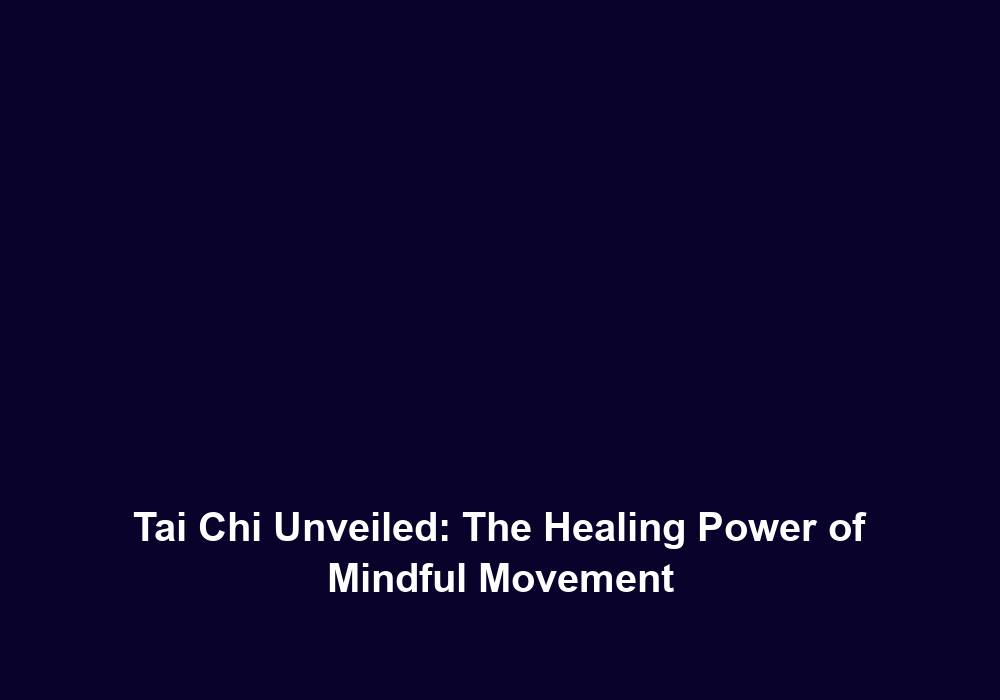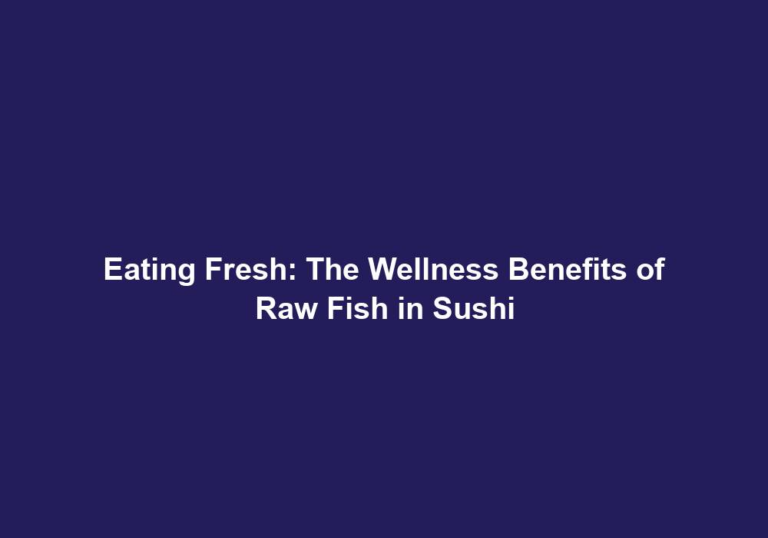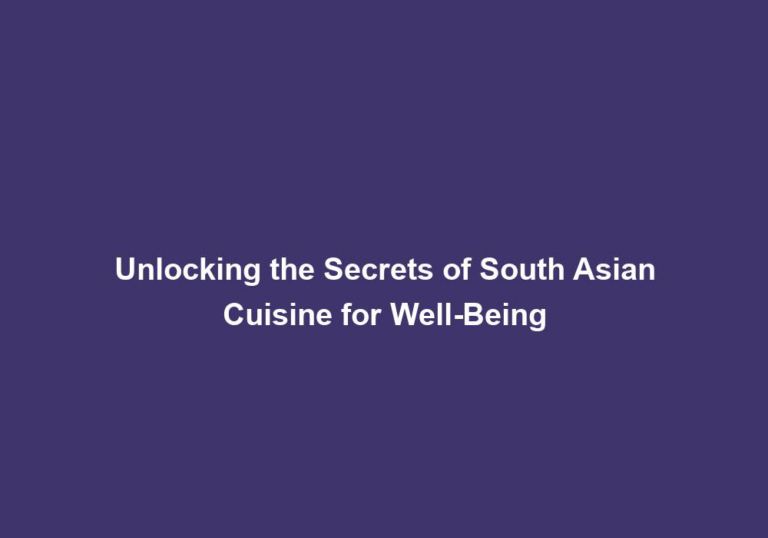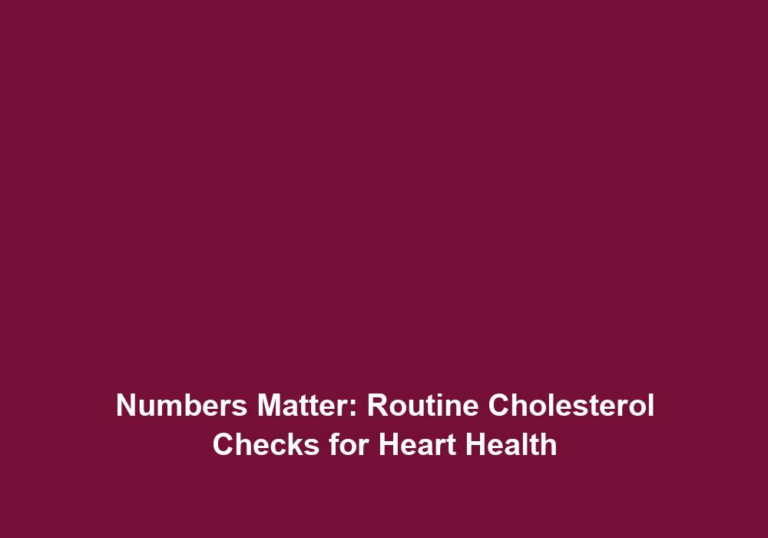Tai Chi Unveiled: The Healing Power of Mindful Movement
Tai Chi, an ancient Chinese martial art, is much more than just a physical exercise. It is a form of mindful movement that has been practiced for centuries and is known for its numerous health benefits. In this article, we will explore the healing power of Tai Chi and how it can positively impact your mind, body, and overall well-being.
The Origins and Philosophy of Tai Chi
Tai Chi originated in ancient China and has roots in Taoism, a philosophy that emphasizes living in harmony with the natural flow of life. The practice combines slow, flowing movements with deep breathing and mental focus. Tai Chi is often described as meditation in motion as it allows practitioners to achieve a state of calmness and inner peace.
The philosophy behind Tai Chi is deeply rooted in the concept of yin and yang, the balance of opposing forces. Through the practice of Tai Chi, individuals seek to harmonize their own energy and find balance within themselves and the world around them. This holistic approach to wellness sets Tai Chi apart from other forms of exercise.
Physical Benefits of Tai Chi
-
Improves Balance and Flexibility: The slow and controlled movements of Tai Chi promote balance and flexibility, making it especially beneficial for older adults. By focusing on weight distribution and body alignment, Tai Chi helps improve stability and coordination. Regular practice can reduce the risk of falls and help maintain joint health.
-
Strengthens Muscles and Bones: Despite its gentle appearance, Tai Chi is a weight-bearing exercise that strengthens muscles and bones. The slow, controlled movements engage multiple muscle groups, promoting strength and endurance. This can be particularly valuable in preventing osteoporosis and age-related muscle loss.
-
Enhances Cardiovascular Health: Although Tai Chi is not a high-impact aerobic exercise, studies have shown that it can improve cardiovascular fitness. The combination of deep breathing and gentle movements helps increase circulation and lower blood pressure. Regular practice can contribute to a healthier heart and reduced risk of heart disease.
-
Boosts Immune System: Regular practice of Tai Chi has been found to enhance the immune system, reducing the risk of illness and improving overall health. The gentle movements stimulate lymphatic flow, which plays a crucial role in immune function. By promoting the flow of lymph, Tai Chi helps the body eliminate toxins and pathogens, strengthening its defense mechanisms.
In addition to these physical benefits, Tai Chi also has a positive impact on mental and emotional well-being.
Mental and Emotional Benefits of Tai Chi
-
Reduces Stress and Anxiety: Practicing Tai Chi promotes relaxation and reduces stress levels. The focused attention on movement and breath helps calm the mind and release tension, making it an effective practice for managing anxiety and stress-related disorders. By engaging in the slow and deliberate movements, individuals can enter a state of mindfulness, letting go of worries and finding inner peace.
-
Improves Cognitive Function: Tai Chi requires mental focus and concentration, which can enhance cognitive function and improve memory and attention span. The combination of physical movements and mental engagement challenges the brain, strengthening neural connections and promoting overall cognitive health. Studies have shown that regular Tai Chi practice can even reduce the risk of developing age-related cognitive decline and dementia.
-
Promotes Emotional Well-being: Tai Chi is often described as a moving meditation, allowing practitioners to cultivate a sense of inner peace and emotional well-being. The rhythmic movements and deep breathing release endorphins, the body’s natural feel-good hormones, promoting a positive mood and reducing symptoms of depression. By connecting the mind and body, Tai Chi provides a holistic approach to emotional well-being.
Tai Chi for Chronic Conditions
Tai Chi has been proven to be beneficial for individuals with chronic health conditions. Here are a few examples:
-
Arthritis: The gentle and low-impact movements of Tai Chi can help alleviate joint pain, stiffness, and improve overall joint function in individuals with arthritis. The slow and controlled nature of Tai Chi allows individuals to move their joints through a full range of motion without putting excessive stress on them.
-
Heart Disease: Tai Chi has been shown to improve cardiovascular health, making it a suitable exercise for individuals with heart disease. It can help strengthen the heart muscle, lower blood pressure, and reduce the risk of future cardiac events. The gentle movements of Tai Chi promote blood circulation and improve heart efficiency.
-
Fibromyalgia: Tai Chi has demonstrated promising results in reducing pain, fatigue, and improving sleep quality in individuals with fibromyalgia. Its gentle movements and mindful approach provide relief and promote overall well-being. By practicing Tai Chi, individuals with fibromyalgia can manage their symptoms and enhance their quality of life.
Getting Started with Tai Chi
If you are interested in experiencing the healing power of Tai Chi, here are some steps to get started:
-
Find a Qualified Instructor: Look for a certified Tai Chi instructor who can guide you through the practice and ensure you are performing the movements correctly. A qualified instructor can provide personalized instruction, correct any mistakes, and offer guidance based on your individual needs and goals.
-
Start Slowly: Tai Chi is a practice that requires patience and consistency. Begin with a few minutes a day and gradually increase the duration as you become more comfortable. It’s important to listen to your body and not push yourself beyond your limits. Tai Chi is about finding balance and working within your own capabilities.
-
Wear Comfortable Clothing: Choose loose-fitting and comfortable clothing that allows freedom of movement. Tai Chi is typically practiced barefoot or in lightweight, flexible shoes. The goal is to allow the body to move freely and comfortably without any restrictions.
-
Practice Regularly: Aim for at least three sessions of Tai Chi per week to experience its full benefits. Consistency is key to achieving the desired results. Make it a part of your routine and find a schedule that works for you. Whether it’s in the morning, during lunch breaks, or in the evening, find a time that allows you to dedicate yourself to the practice.
Conclusion
Tai Chi is much more than a physical exercise; it is a holistic practice that nourishes both the body and mind. Its gentle movements, deep breathing, and mindfulness contribute to improved physical health, emotional well-being, and overall quality of life. Embrace the healing power of Tai Chi and take a step towards a healthier, more balanced you.
The content provided above is an AI-generated response. While it strives to convey accurate information, it is recommended to consult a professional in the respective field for any specific queries or concerns.







